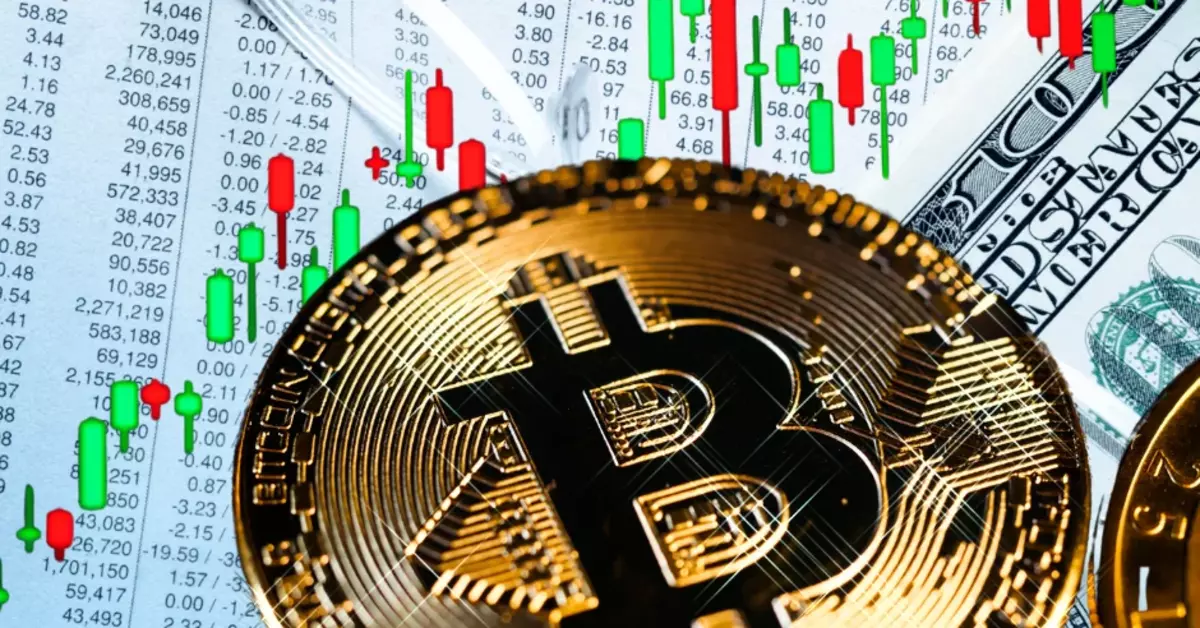A floating exchange rate is driven by the forces of the foreign exchange market. Unlike fixed rates, it adjusts automatically according to market supply and demand.
This system has gained prominence after the collapse of the Bretton Woods Agreement. Previously, most countries relied on fixed exchange rates, pegged to a specific value.
In a floating system, a currency’s value is influenced by various factors. These include economic data, political stability, and market sentiment, all impacting supply and demand.
While floating exchange rates can be volatile, they provide a natural mechanism to adapt to economic conditions. This flexibility helps reflect a country’s true economic status.
Floating rates often respond to changes in inflation, interest rates, and trade balances. These economic indicators can lead to currency appreciation or depreciation. Central banks and governments monitor these changes closely to ensure stability.
This system can be a double-edged sword. On one side, it allows countries to maintain independent monetary policies. On the other, it creates uncertainty in international transactions, affecting importers and exporters.
Understanding floating exchange rates is crucial in today’s globalized economy. It helps businesses and individuals manage risks associated with currency fluctuations effectively. This knowledge is vital in navigating the complexities of international finance and trade.
Floating Exchange Rate vs. Fixed Exchange Rate
Floating exchange rates and fixed exchange rates operate differently. In a fixed system, a currency’s value is pegged to another currency or a basket of currencies.
Countries with fixed exchange rates often use currency reserves to maintain stability. This method provides certainty in international transactions, shielding importers and exporters from fluctuations.
However, fixed rates can lack flexibility. When economic conditions change, a country may struggle to adapt, leading to potential misalignments with the global market.
In contrast, floating exchange rates fluctuate naturally. They reflect a country’s economic performance more accurately, adapting to shifts in supply and demand. Floating systems also allow governments to adjust monetary policy independently, offering more control over domestic economic conditions.
Advantages of Floating Exchange Rates
Floating exchange rates offer automatic adjustments to economic changes. They can shield domestic economies from foreign economic issues.
These rates provide policy flexibility. Governments can respond to national economic needs without being tied to another country’s policy.
Floating exchange rates can attract foreign investors. The potential for currency appreciation may lead to higher returns in investments.
Disadvantages of Floating Exchange Rates
Floating exchange rates can lead to high volatility. Unpredictability in currency values can disrupt international trade and investment.
These fluctuations can pose risks for businesses. Exchange rate instability adds uncertainty to pricing and profit margins.
Governments may struggle to maintain economic stability. Frequent currency fluctuations can complicate monetary policy decisions. This requires vigilant management and strategic interventions.
The Concept of Dirty Floating Exchange Rates
A dirty floating exchange rate, also known as a managed float, involves government intervention. In this system, authorities step in to stabilize or direct a currency’s value.
Governments may employ various strategies to influence exchange rates. This intervention can help minimize excessive volatility, which benefits both domestic and international markets.
While still subject to market forces, a dirty float offers more control. This approach allows countries to safeguard their economic interests without fully committing to fixed rate systems.
How Governments Influence Floating Currencies
Governments influence floating currencies through central bank activities. A common method is buying or selling their own currency to adjust its value.
Such interventions aim to stabilize currencies during economic turbulence. By managing exchange rates, governments seek to protect their economies from negative impacts.
Interventions can also support broader economic goals. Adjusting exchange rates helps manage inflation, balance trade, and foster economic growth. This active approach provides some control in an inherently unpredictable market.
Impact on International Currency Exchange
Floating exchange rates significantly affect international currency exchange. Their flexibility allows for adjustments based on market conditions and economic variables.
This system impacts the competitiveness of goods and services globally. Businesses must navigate fluctuating rates, which affect pricing and profit margins.
Additionally, exchange rate movements can alter investment flows. Sudden rate shifts may trigger shifts in investor confidence and influence cross-border investments.
The Role of Central Banks
Central banks play a crucial role in floating exchange rate systems. They monitor economic indicators and adjust monetary policies accordingly.
Interest rate changes are a common tool used by central banks. These adjustments can influence exchange rate stability and economic health.
Furthermore, central banks may intervene in currency markets. These actions aim to prevent excessive volatility or speculation, ensuring smooth and predictable international transactions.
Conclusion: The Future
Floating exchange rates remain vital for global trade. Their ability to adapt makes them suitable for modern economies. However, they also bring challenges such as volatility and uncertainty.
The future of floating exchange rates will likely involve technological advancements. Tools like artificial intelligence could enhance prediction accuracy for these rates. Moreover, digital currencies might further reshape the landscape of global currency exchange.
As nations navigate economic shifts, floating exchange rates will continue to evolve. Their flexibility offers resilience, helping countries adjust to various economic pressures and opportunities.
FAQ
What Drives a Floating Exchange Rate?
A floating exchange rate is determined by market supply and demand for a currency. Economic indicators (like interest rates and inflation), political events, and market sentiment all influence its value.
How Does a Floating Rate Differ from a Fixed Rate?
In a fixed system, a currency is pegged to another currency or a basket of currencies and maintained through reserves. A floating rate, however, fluctuates freely based on market conditions without a specific peg.
What Is a Dirty Float?
A dirty float (or managed float) allows a currency to float but permits government or central bank intervention. Authorities buy or sell currency to curb excessive volatility and guide its value.
Additional Resources
For further exploration, consider the following resources:
















